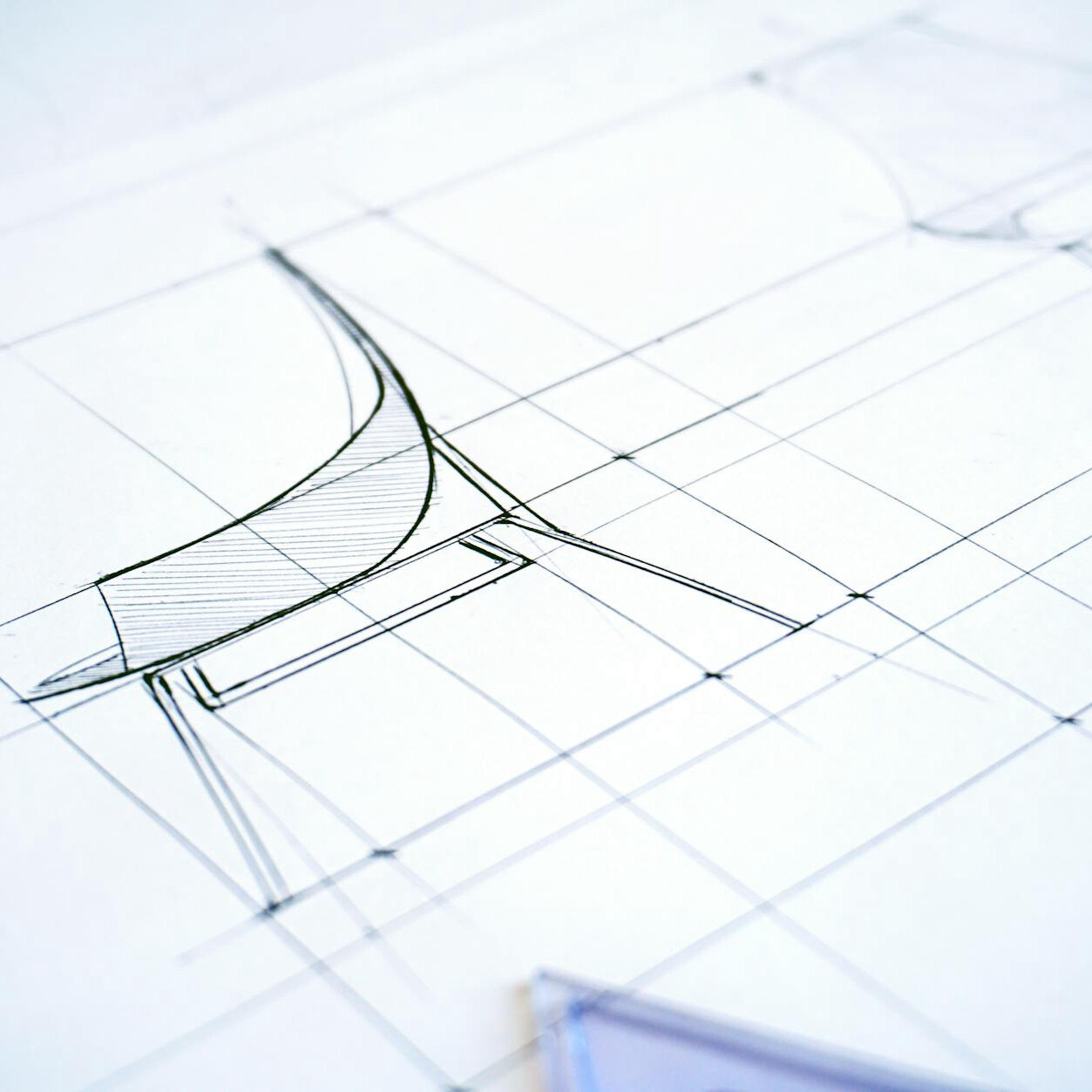How is a Design Language System Used in Web Development?
A design language system is a comprehensive framework that guides the visual and interactive elements of a website, ensuring consistency, efficiency, and scalability throughout the development process. It serves as a unified set of standards that governs the look, feel, and functionality of a digital product. In web development, a design language system is an indispensable tool that streamlines collaboration, enhances user experience, and supports brand integrity.

Creating Consistency
One of the primary benefits of a design language system is its ability to maintain visual and functional consistency across a website. Consistency is key to creating a seamless user experience, as it helps users understand and navigate the site more intuitively. A design language system typically includes guidelines for typography, color schemes, iconography, spacing, and layout. By adhering to these guidelines, developers and designers ensure that every component of the website aligns with the overall design language, creating a cohesive and harmonious user experience.
Enhancing Efficiency
A well-defined design language system significantly enhances the efficiency of the web development process. It provides a reusable library of components, such as buttons, forms, navigation menus, and interactive elements, that can be easily integrated into different parts of the website. This modular approach reduces the time and effort required to design and develop new pages or features, as developers can simply pull from the existing library rather than creating elements from scratch. Additionally, a design language system facilitates smoother collaboration between designers and developers, as it provides a common reference point that aligns their efforts and reduces misunderstandings. Scaling design system is easy, as all governance of the design principles, components, and guidelines is centralized and well-documented, ensuring that updates and new features can be seamlessly integrated without disrupting the overall consistency and functionality of the website. This centralized governance combined with digital repository ensures that every team member adheres to the same standards, making it easier to maintain a cohesive and scalable design across the entire digital product.
Supporting Scalability
As websites grow and evolve, maintaining a consistent and high-quality user experience can become increasingly challenging. A design language system supports scalability by offering a flexible and adaptable framework that can accommodate new features and content without compromising the overall design integrity. With a design language system, updates and expansions can be managed more efficiently, ensuring that the website remains visually and functionally coherent as it scales. This is particularly important for large organizations or platforms that undergo frequent changes and require a robust system to manage their digital assets.
Improving User Experience
A design language system plays a crucial role in enhancing the user experience. By providing a consistent and predictable interface, a design language system helps users navigate the website with ease and confidence. Familiar design patterns and interactions reduce cognitive load, allowing users to focus on their tasks rather than figuring out how to use the site. Furthermore, a well-crafted design language system ensures that the website is accessible and inclusive, incorporating best practices for accessibility to cater to users with diverse needs and abilities.
Facilitating Brand Integrity
Maintaining brand integrity is essential for building trust and recognition among users. A design language in branding ensures that the website faithfully reflects the brand’s identity and values through consistent visual and interactive elements. By defining clear guidelines for brand-related aspects such as logos, colors, typography, and tone of voice, a design language system helps create a unified and recognizable brand presence across all digital touchpoints. This consistency reinforces brand identity and fosters a strong connection with the audience.
Creating and Maintaining a Design Language
Creating a design language involves several steps:
- Research and Discovery: The process begins with understanding the brand’s core values, mission, and target audience. This involves conducting thorough research to gather insights into user needs and preferences.
- Defining Principles: Establishing clear design principles that reflect the brand’s identity and values. These principles will guide all design decisions.
- Developing Visual Elements: Creating a comprehensive set of visual elements, including color palettes, typography, iconography, and imagery styles. These elements should be documented in detail to ensure consistency.
- Component Library: Building a library of reusable components such as buttons, forms, and navigation elements. These components should be designed to be flexible and adaptable for various uses across the website.
- Documentation: Creating extensive documentation that outlines the design language and provides guidelines for using visual elements and components. This documentation should be easily accessible to everyone involved in the web development process.
Maintaining a design language through design systems involves:
- Continuous Updates: Regularly reviewing and updating the design language to incorporate new trends, technologies, and user feedback. This ensures the design remains current and relevant.
- Version Control: Implementing version control for the design system to track changes and ensure all team members are working with the most up-to-date guidelines and components.
- Training and Onboarding: Providing ongoing training and resources for new team members to understand and correctly implement the design language.
- Feedback Loop: Establishing a feedback loop where designers and developers can share insights and suggestions for improving the design language. This collaborative approach ensures continuous improvement.
- Governance: Assigning a team or individual responsible for overseeing the design language system. This ensures consistency and adherence to the guidelines across all projects.
Conclusion
A design language system is an essential tool in web development that fosters consistency, efficiency, scalability, and a superior user experience. By providing a unified framework for design and development, a design language system ensures that every element of a website aligns with the overall design language, enhancing both the visual appeal and functionality of the site. For any organization looking to build or maintain a high-quality digital product, investing in a robust design language system is a strategic move that pays off in the long run.
Related Articles
The Importance of Grids in Design
July 12, 2024
Design Systems and AI Technology
April 9, 2024
Understanding Design Thinking and User-Centered Design
December 31, 2023



